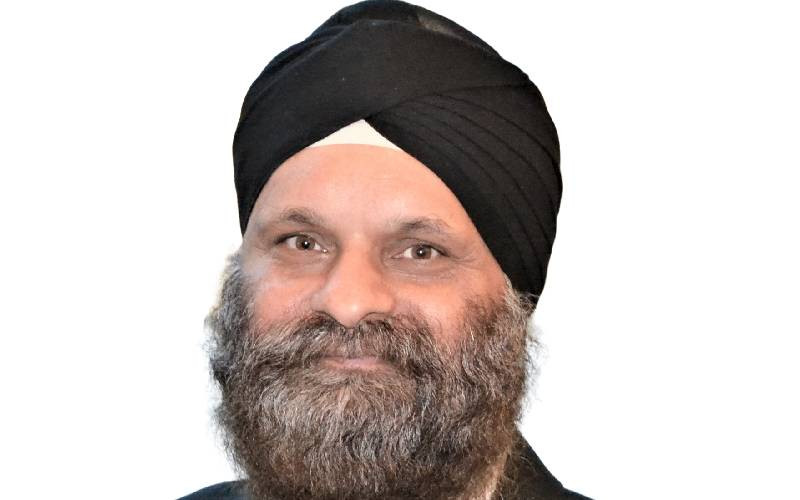×
The Standard e-Paper
Home To Bold Columnists

The government of Kenya plans to eliminate trans fats and other 'bad' cholesterol in solidified cooking oils. The fat is considered the worst, that anyone can eat.
According to the World Health Organization (WHO), such fats increase the risk of heart disease, a leading killer of adults in Kenya.